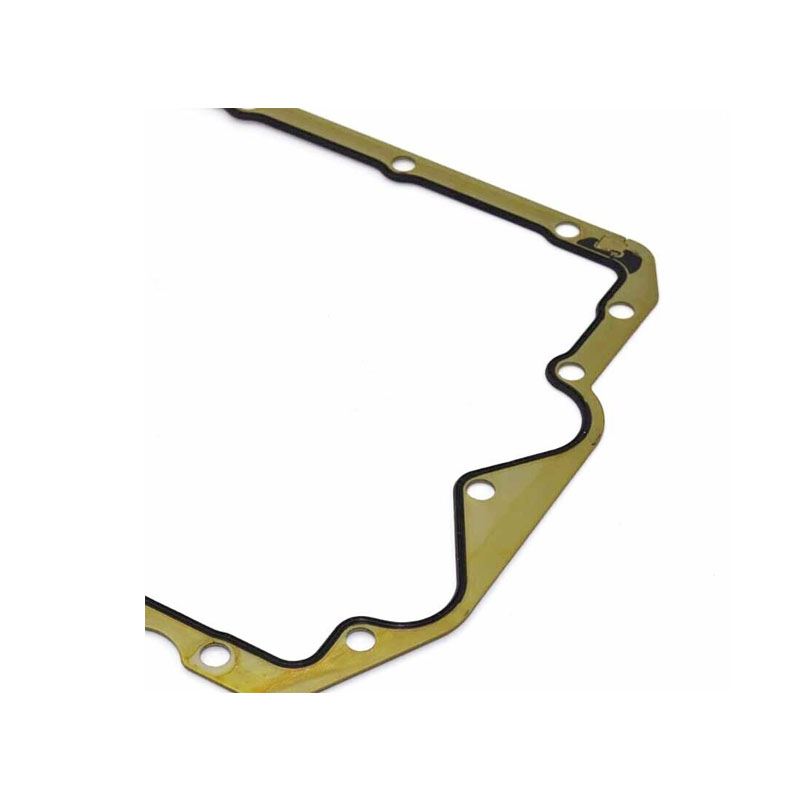front and rear crankshaft seals
Understanding Front and Rear Crankshaft Seals Importance and Maintenance
The crankshaft is a crucial component in an internal combustion engine, converting the linear motion of the pistons into rotational motion that drives the vehicle. To ensure this operation is smooth and efficient, it’s essential to maintain proper sealing around the crankshaft, specifically through the front and rear crankshaft seals. These seals play a vital role in preventing oil leaks, maintaining engine pressure, and ensuring optimal performance.
What Are Crankshaft Seals?
Crankshaft seals are designed to prevent engine oil from leaking out of the engine and to keep contaminants from entering the engine. There are two primary seals associated with the crankshaft the front crankshaft seal and the rear crankshaft seal. The front seal is located at the front of the engine, where the crankshaft connects to the timing belt or chain and the accessory drive components. The rear seal sits at the rear of the engine, where the crankshaft connects to the transmission.
Functionality of Crankshaft Seals
The primary function of these seals is to maintain the integrity of the engine's lubrication system. The crankshaft turns at high speeds, and the generated centrifugal force can push oil out if proper seals are not in place. This is particularly important because any loss of oil can lead to inadequate lubrication of engine components, resulting in increased friction, higher operating temperatures, and potential engine damage.
In addition to containing the oil, these seals serve as barriers against dirt, dust, and other contaminants that could enter the engine and cause wear or damage. Therefore, a properly functioning crankshaft seal is essential for maintaining engine longevity and performance.
Signs of Crankshaft Seal Problems
As with any component of a vehicle, crankshaft seals can wear out over time. Identifying issues early can prevent costly repairs. Common signs that your front or rear crankshaft seal may be failing include
front and rear crankshaft seals

1. Oil Leaks The most apparent sign is the presence of oil stains beneath your vehicle. If you notice oil pooling under the engine or transmission area, it may indicate a seal issue.
2. Engine Performance Issues A failing seal can cause a drop in oil pressure, potentially leading to poor engine performance, increased engine noise, or even overheating.
3. Oil Consumption If you find yourself frequently adding oil to the engine without any visible leaks on the ground, it could suggest the seals are allowing oil to escape into spaces where it should not be.
Maintenance and Replacement
Regular maintenance checks are essential for early detection of seal issues. During routine oil changes, mechanics often inspect the condition of the crankshaft seals. If any signs of wear are present, proactive replacement can save time and money down the line.
Replacement of crankshaft seals typically involves removing components that obstruct access to the seals. Depending on the vehicle model, this may include the timing belt/chain, pulleys, and sometimes the transmission for the rear seal. It is a job that requires technical expertise and careful handling to avoid damaging the new seals during installation.
Conclusion
Front and rear crankshaft seals are integral to the functioning of any internal combustion engine. They ensure that the engine operates efficiently by preventing oil leaks and keeping contaminants at bay. Regular maintenance and early detection of potential issues are crucial in extending the life of these seals and, by extension, the engine itself. By taking care of crankshaft seals, vehicle owners can ensure their engine runs smoothly, maintain optimal performance, and avoid costly repairs in the future.
-
The Ultimate Guide to Car Repair Kits: Tools and Essentials Every Driver Should Own
News Aug.01,2025
-
The Complete Guide to Oil Pan Gaskets: Sealing Engine Leaks the Right Way
News Aug.01,2025
-
Preventing Oil Leaks: A Complete Guide to Oil Pan Gaskets and Drain Seals
News Aug.01,2025
-
Everything You Need to Know About Oil Pan Gaskets and Drain Plug Seals
News Aug.01,2025
-
Essential for Car Owners: How to Use a Car Repair Kit to Deal with Minor Breakdown
News Aug.01,2025
-
Comprehensive Guide to Engine Oil Sump Gaskets and Related Seals
News Aug.01,2025
-
The Ultimate Guide to Boat Propeller Bearings and Trailer Wheel Bearings
News Jul.31,2025
Products categories















